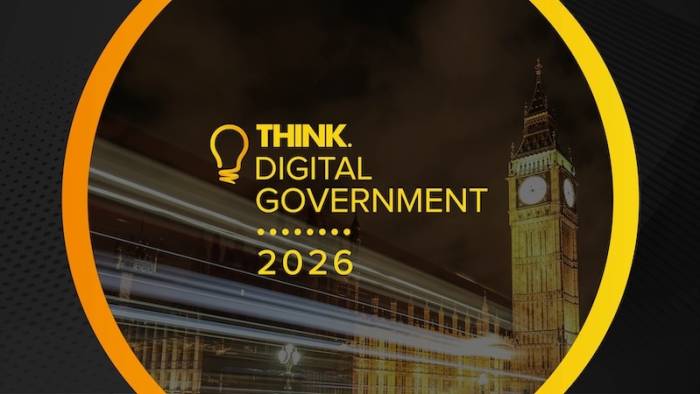Significant challenges lie in the way of Government’s plans for public sector adoption of artificial intelligence (AI), according to a new report by the Public Accounts Committee (PAC).
The Committee warns that while AI has the potential to radically change public services, the scale of the task ahead “is concerningly great.”

For AI to be used well, it needs high quality data on which to learn. The PAC is warning that too often government data are of poor quality, and often locked away in out-of-date, or legacy IT systems, which are partially defined as “an end-of-life product, out of support from the supplier, [and] impossible to update…” An estimated 28 percent of central government systems met this definition in 2024. Approximately a third of Government’s 72 highest-risk legacy systems still lack remediation funding.
The report warns that there are “no quick fixes”, and calls for funding for the remediation of this kind of technology to be prioritised.
The report further finds “slow progress in ensuring transparency in how AI is used by departments.” “By January 2025, only a relative handful of records had been published on a Government website set up to provide greater transparency on algorithm-assisted decision-making,” it noted.
The Committee is calling on Government to address public concerns over the sharing of sensitive data in AI’s use.
“The Government also has a long way to go to ensure a thriving market for AI suppliers,” it said. “The PAC’s inquiry highlights a number of concerns that the dominance of a small number of large technology suppliers in the AI market risks stifling competition and innovation. The Government’s approach to procurement also risks over-reliance on the services of specific companies, and an inability to adapt.”
If you liked this content…
The report also contends that another barrier to the safe and effective adoption of AI by government are longstanding and persistent digital skills shortages.
Around half of roles advertised in civil service digital and data campaigns went unfilled in 2024, and 70 percent of government departments report difficulty recruiting and retaining staff with AI skills. The PAC said it is is sceptical that the Department for Science, Innovation and Technology’s (DSIT) planned digital reforms will address the problem.
It said it welcomes the recent creation of a new digital centre of Government in the Department, but “has serious concerns over whether DSIT has sufficient leverage to drive change across the public sector.”
The report is calling for a senior digital officer to be embedded at the top table with senior management at every department, on the boards at each Department, and their respective agencies.
“This Committee’s role is to help ensure efficient Government policy delivery through our recommendations,” said Sir Geoffrey Clifton-Brown MP, Chair of the Committee. “The potential for AI to secure widespread efficiencies is obvious, and the need for digital improvements is a theme that will run through all our inquiries as through a stick of rock. The AI industry needs a Government that is on its side, while making sure that any opportunities for improvement are seized in a safe and ethical way. Transparency is key here, as public trust that AI will work for them is central to any successful use of it. We still have a long way to go in this area.
“The ambition to harness the potential of one of the most significant technological developments of modern times is of course to be welcomed. Unfortunately, those familiar with our Committee’s past scrutiny of the Government’s frankly sclerotic digital architecture will know that any promises of sudden transformation are for the birds.
“A transformation of thinking in Government at senior levels is required, and the best way for this to happen is for digital professionals to be brought round the top table in management and governing boards of every Department and their agencies. I have serious concerns that DSIT does not have the authority over the rest of Government to bring about the scale and pace of change that’s needed. We hope the recommendations in our report aid the Government in succeeding in bringing public sector systems into the 21st century for their users, where other efforts have failed.”











